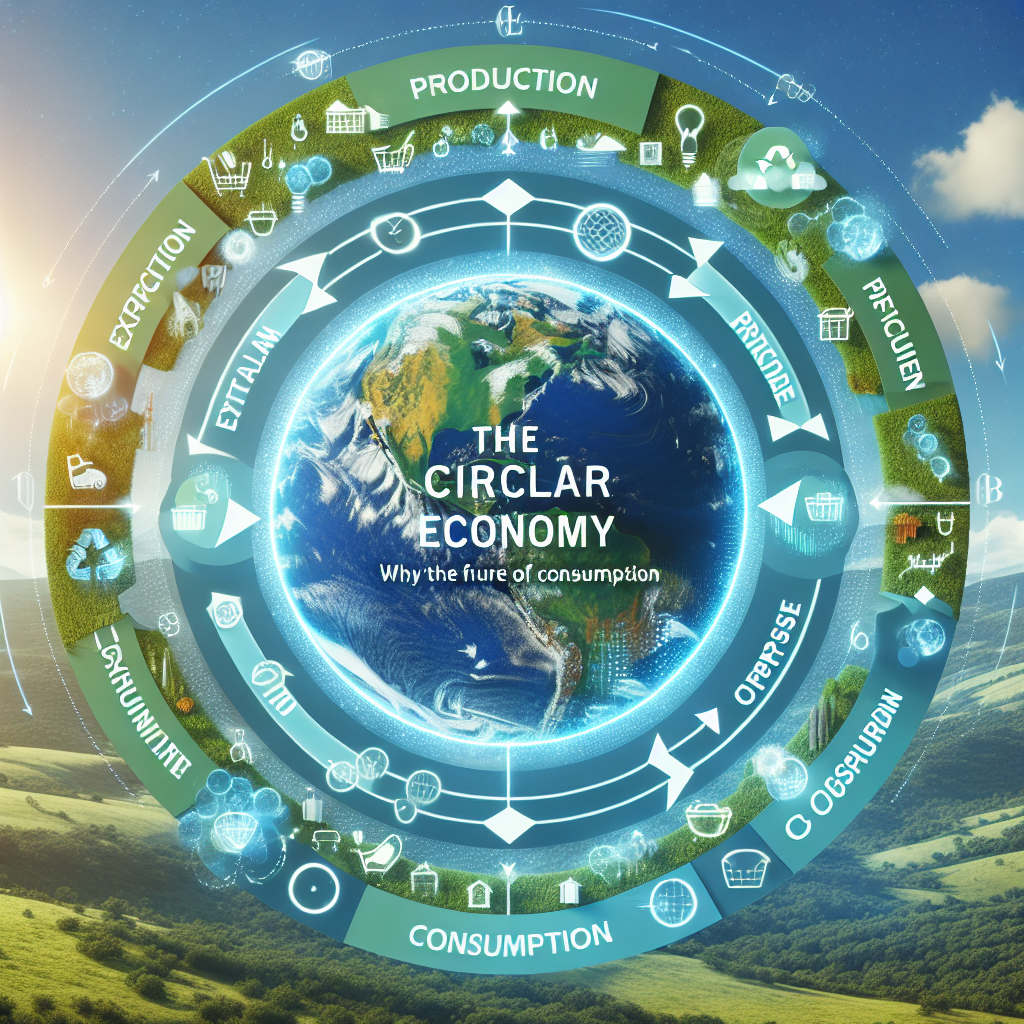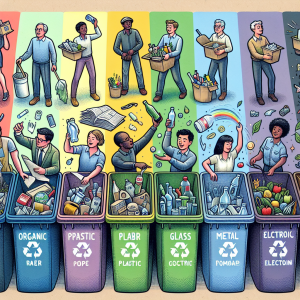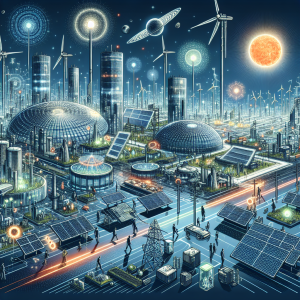Living Sustainably with Off-Grid Solutions
In today’s world, living sustainably has transcended from being a buzzword to a vital lifestyle choice. Increasingly, people are turning towards off-grid living as a means to achieve this sustainable lifestyle. Off-grid living, which fundamentally involves disconnecting from public utilities, is centered around self-sufficiency and minimizing environmental impact. This approach necessitates implementing various solutions such as renewable energy systems, water harvesting, and eco-friendly waste management.
One of the cornerstones of off-grid living is energy independence. Solar power stands at the forefront of renewable energy solutions. By installing photovoltaic panels, individuals can harness the power of the sun to generate electricity. With advancements in technology, solar panels have become more efficient and affordable, thereby lowering the barrier to entry for many homeowners. It is crucial, however, to evaluate factors such as geographic location, average sunlight exposure, and energy needs before investing in a solar setup. Brands like Tesla, SunPower, and LG offer robust solutions suitable for different scales of energy requirements.
Next to solar power, wind energy serves as an excellent supplemental power source. Although dependent on location-specific wind patterns, small-scale wind turbines can provide significant energy contributions, particularly in rural or elevated areas. When combined with solar systems, wind turbines ensure energy generation even during cloudy or low-sunlight days. For those living near rivers, micro-hydropower systems offer another alternative, harnessing the flow of water to generate electricity.
Energy storage is a critical component of off-grid systems. Batteries store excess energy produced during peak periods, ensuring a steady energy supply, particularly at night or during adverse weather conditions. Lithium-ion batteries, such as those produced by Tesla (Powerwall) or LG Chem, are popular choices due to their high capacity and efficiency. It’s important for homeowners to calculate their energy storage needs to appropriately size their battery systems, ensuring uninterrupted power supply.
Water independence is another key aspect of sustainable living off the grid. Rainwater harvesting is a simple yet effective solution. By diverting rainwater from rooftops into large storage tanks, residents can build a reliable reserve of water for domestic use. To maintain water quality, it is essential to incorporate filtration systems that remove pollutants and pathogens. Greywater recycling systems also play a pivotal role by treating used water from sinks and showers, making it reusable for irrigation or toilet flushing.
Groundwater sources, tapped through wells, offer another reliable water supply, particularly in rural settings. Advanced pump systems, often powered by solar energy, can extract water efficiently. It is prudent, however, to regularly test well water for contaminants to ensure it remains safe for consumption.
Managing waste sustainably is another challenge for off-grid living. Composting toilets offer a hygienic and eco-friendly solution for waste management. These systems convert human waste into compost, which can be used to enrich soil. Meanwhile, recycling and repurposing materials reduce the volume of waste sent to landfills, contributing to a circular economy. Residents can creatively transform glass bottles into containers or old wood into furniture, supporting a zero-waste lifestyle.
The food supply is a critical consideration for sustainable off-grid living. Establishing a permaculture garden allows for the cultivation of food without the need for synthetic fertilizers or pesticides. Permaculture principles focus on creating self-sustaining ecosystems, where plants, animals, and humans coexist in harmony. Integrating techniques like companion planting, crop rotation, and organic composting can yield a diverse and resilient food source.
Livestock like chickens and goats can provide additional food resources such as eggs, milk, and meat. It is vital, however, to adhere to ethical and sustainable farming practices, ensuring that animals are raised humanely and their habitats are maintained responsibly. This not only promotes animal welfare but also contributes to the overall health of the ecosystem.
Community and connectivity are often overlooked aspects of off-grid living. Building a network with fellow off-gridders can provide support, knowledge exchange, and shared resources. Online forums and local meetups are excellent platforms for learning and partnership. Embracing digital solutions where possible, through satellite internet or mobile networks, ensures effective communication and access to information, even in remote locations.
Education and continuous learning play a fundamental role in sustainable off-grid living. As technologies and techniques evolve, staying informed about the latest advancements can lead to more efficient and eco-friendly practices. Online courses, workshops, and literature on sustainability and self-sufficiency offer valuable insights for those committed to this lifestyle.
Lastly, it’s important to address the legal aspects of off-grid living. Building codes, zoning laws, and utility regulations can vary significantly between regions. Prospective off-gridders must familiarize themselves with these regulations to ensure compliance, avoid penalties, and access potential incentives for renewable energy systems or water conservation measures.
Living sustainably with off-grid solutions is a multifaceted approach requiring careful planning and commitment. Through thoughtful adoption of energy, water, waste, and food systems, individuals can significantly reduce their environmental footprint while gaining independence and resilience. This lifestyle is not just about survival; it’s about thriving in harmony with the environment, securing a sustainable future for generations to come.



